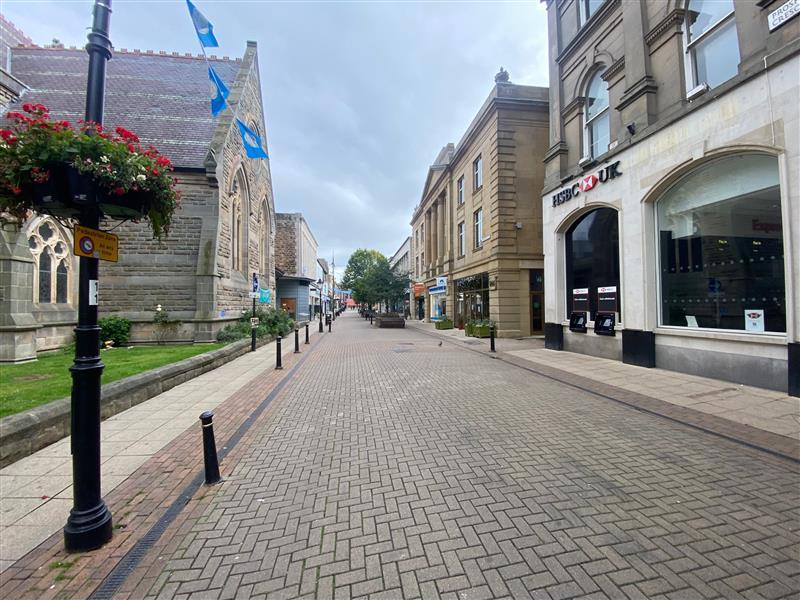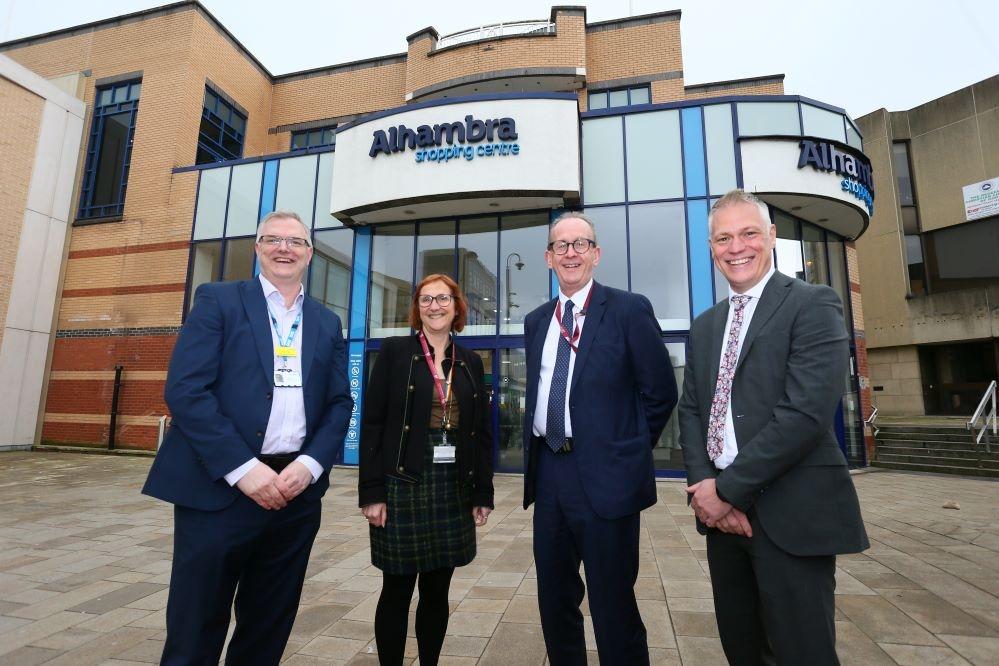Subscribe to trusted local news
In a time of both misinformation and too much information, quality journalism is more crucial than ever. By subscribing, you can help us get the story right.
- Subscription costs less than £1 a week with an annual plan.
Already a subscriber? Log in here.
07
Apr 2024
Town centre living: a welcome trend for Harrogate?

Barely a month passes without a new planning application to create flats in Harrogate town centre.
This week we reported on plans to turn the offices on the first, second and third floors of 5 Cambridge Road into three flats.
Planning permission has been previously granted to create flats in buildings that used to host the Kings Club strip club and the main post office, among others. And, in a few weeks, the former River Island unit on Cambridge Street, will open as Trinity House, a 14-flat development incorporating retail units. It's hard to think of a more central location.
Town centres are changing from places to shop to places to live — and Harrogate appears to be at the forefront of the trend. Is this good or bad, and what challenges does it present?

The former Kings Club
The Stray Ferret sat down this week with Tariq Shah, chief executive of Vigo Group, the property developer behind Trinity House, and Matthew Chapman, chief executive of Harrogate Business Improvement District, to discuss the trend and whether it posed a threat to retail.
Mr Shah, whose company is based in Doncaster, said Harrogate was particularly attractive to developers because it was seen as a desirable place to live and has good transport connections, which lessened the need for cars in town centres.
He said Harrogate had reasonable short-term accommodation for tourists and conference centre delegates but a shortage of town centre flats for living, adding:

Cambridge Street
Trinity House flats will be marketed from £300,000 and although a nice town centre pad might suit some people, what impact will it have on retailers and on people who live here who regard the town centre predominantly as somewhere to shop?
The BID is funded by town centre businesses but Mr Chapman is not opposed to the change.
He said:
Besides the 14 upper floor flats, Trinity House includes the existing Body Care shop and has additional room for a storage facility or small dance or yoga studio, as well as a kiosk space for a start-up business wanting a town centre presence.
Mr Shah said his company had agreed to improve lighting at the rear of the building, put up security cameras and create an internal bin storage area to improve safety and appearance and reduce the risk of vermin and fire. He said these were examples of the firm's commitment to town centre improvement as well as profit.
He added having more people milling around at night added to the vibrancy and created "natural surveillance" at night in empty town centre streets where some people feel unsafe.
Mr Chapman said many of the units being converted to flats were first and second floor offices that had been unused for years, adding:
Despite his overall positivity, Mr Chapman said there was probably a ceiling on the trend and there were dangers. For example, he said converting ground floor retail units on the fully occupied James Street to flats "would be seen as a threat".
Mr Chapman said the system of determining business rates needed reviewing to adapt to the trend, which he said would see an increasing shift towards "experiential activities" in town centres. He added:

Health services are being made available in Barnsley town centre.
So what will Harrogate town centre look like in 10 or 20 years?
Mr Shah said besides a more diverse mixture of retail and living, there would be more short-term leases, more leisure opportunities due to the higher population, more food halls and even community healthcare facilities. He cited Barnsley Council's decision to work with partners to create a health and wellbeing hub in the Alhambra Shopping Centre as an example of how health managers will increasingly take services into towns.
He said:
0